SUMMARY
This is AI generated summarization, which may have errors. For context, always refer to the full article.
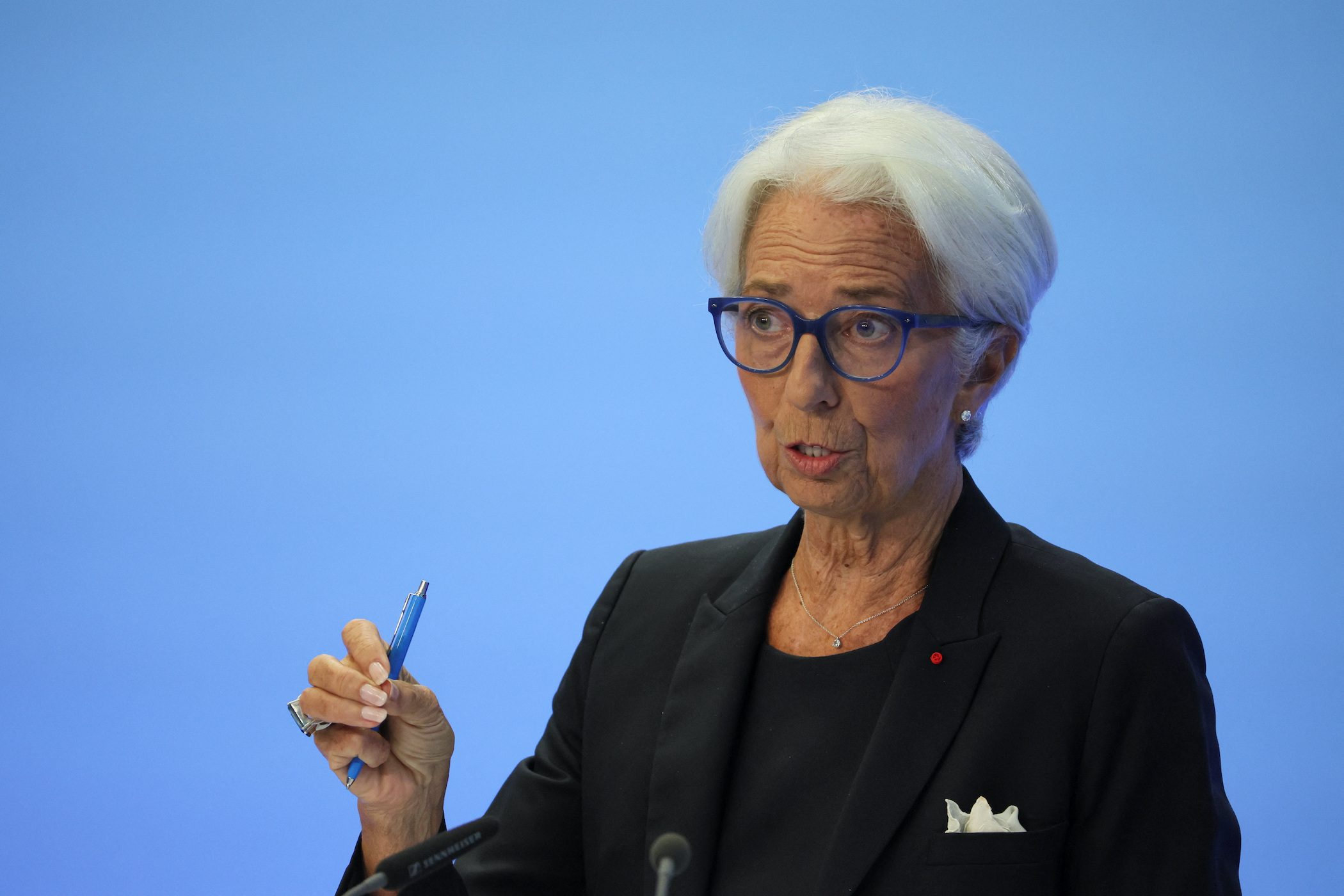
FRANKFURT, Germany – The European Central Bank (ECB) raised interest rates by more than expected on Thursday, July 21, as concerns about runaway inflation trumped worries about growth, even while the eurozone economy is suffering from the impact of Russia’s war in Ukraine.
The ECB raised its benchmark deposit rate by 50 basis points to 0%, breaking its own guidance for a 25-bps move as it joined global peers in jacking up borrowing costs. It was the ECB’s first rate increase in 11 years.
Policymakers also agreed to provide extra help for the eurozone’s big debtor nations – Italy among them – with a new bond purchase scheme. Sources told Reuters they did not expect to use it imminently despite a sell-off in Italian bonds.
Ending an eight-year experiment with negative interest rates, the ECB also lifted its main refinancing rate to 0.50%, and promised another hike, possibly as soon as its September 8 meeting, with more to follow later.
ECB President Christine Lagarde said a clear deterioration of the inflation outlook and unanimous backing for the anti-fragmentation instrument justified the bigger move.
“Price pressure is spreading across more and more sectors,” Lagarde said. “We expect inflation to remain undesirably high for some time.” She listed driving factors including higher food and energy costs and wage rises.
“We decided on balance that it was appropriate to take a larger step towards exiting from negative interest rates.”
But even if the ECB is now moving more quickly, Lagarde said the terminal rate – or level where hikes end – has not changed.
The ECB did not provide guidance for its expected rate hike in September, saying only that further increases will be as appropriate and decisions will be made meeting-by-meeting.
The ECB had for weeks guided markets to expect a 25-bps increase on Thursday, but sources close to the discussion told Reuters early this week that 50 bps had come into play as part of a deal including help for indebted countries.
With inflation across the 19 countries that use the euro already approaching double-digit territory, it is at risk of getting entrenched well above the ECB’s 2% target. Any gas shortage over the coming winter is likely to push prices even higher, perpetuating rapid price growth.
Lagarde warned that risks to the inflation outlook were on the upside and have intensified, particularly as the war is likely to drag on, keeping energy prices high for longer.
Economists polled by Reuters had predicted a 25-bps increase but most favored a 50-bps hike, lifting the ECB’s record-low -0.5% deposit rate to zero.
The euro climbed as much as 0.8% to $1.0261, having traded at $1.0198 just before the statement but turned negative on the day as Lagarde spoke.
The euro climbed to as high as $1.0278 after the rate hike before easing back to $1.0183, flat on the day. Markets are now pricing in a 50-bps rate hike in September and see a combined 127 bps of rises over the rest of the year.
Going big?
The new bond purchase scheme, called the Transmission Protection Instrument (TPI), is intended to stop any excessive rise in borrowing costs for governments across the currency bloc as policy tightens.
Recent increases have been larger for indebted countries like Italy, Spain, and Portugal but sources told Reuters the ECB was not seeing the need to activate the new scheme in any country at present.
Activating the instrument will be entirely at the discretion of the ECB and the bank will target public sector bonds with maturities between 1 and 10 years.
“The ECB is capable of going big for that,” Lagarde said.
Countries will be eligible if they comply with European Union fiscal rules and do not face “severe macroeconomic imbalances.” Compliance with commitments under the EU’s Recovery and Resilience Facility will be needed, as will an assessment of debt sustainability.
All eurozone countries currently comply with those conditions, sources told Reuters.
The ECB’s commitment on Thursday comes as a political crisis in Italy is weighing on markets following the resignation of Prime Minister Mario Draghi, who was Lagarde’s predecessor at the ECB.
The yield spread between Italian and German 10-year bonds widened during Lagarde’s news conference to near the 250-bps level that triggered an emergency ECB policy meeting last month.
The ECB’s 50-bps hike still leaves it lagging its global peers, particularly the US Federal Reserve, which lifted rates by 75 bps last month and is likely to move by a similar margin in July.
But the eurozone is more exposed to the war in Ukraine and a threatened cut-off in gas supplies from Russia could tip the bloc into recession, leaving policymakers with a dilemma of balancing growth and inflation considerations. – Rappler.com
Add a comment
How does this make you feel?


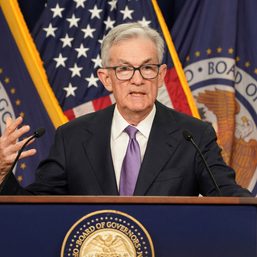
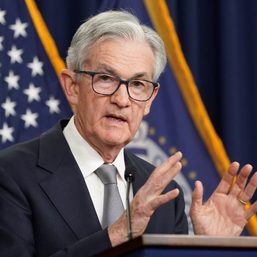
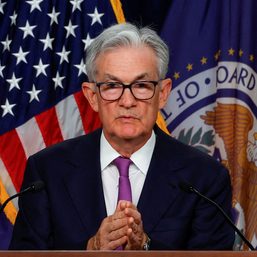
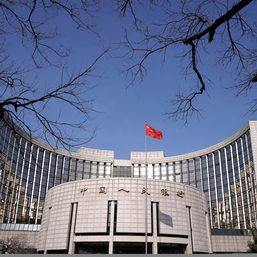





There are no comments yet. Add your comment to start the conversation.